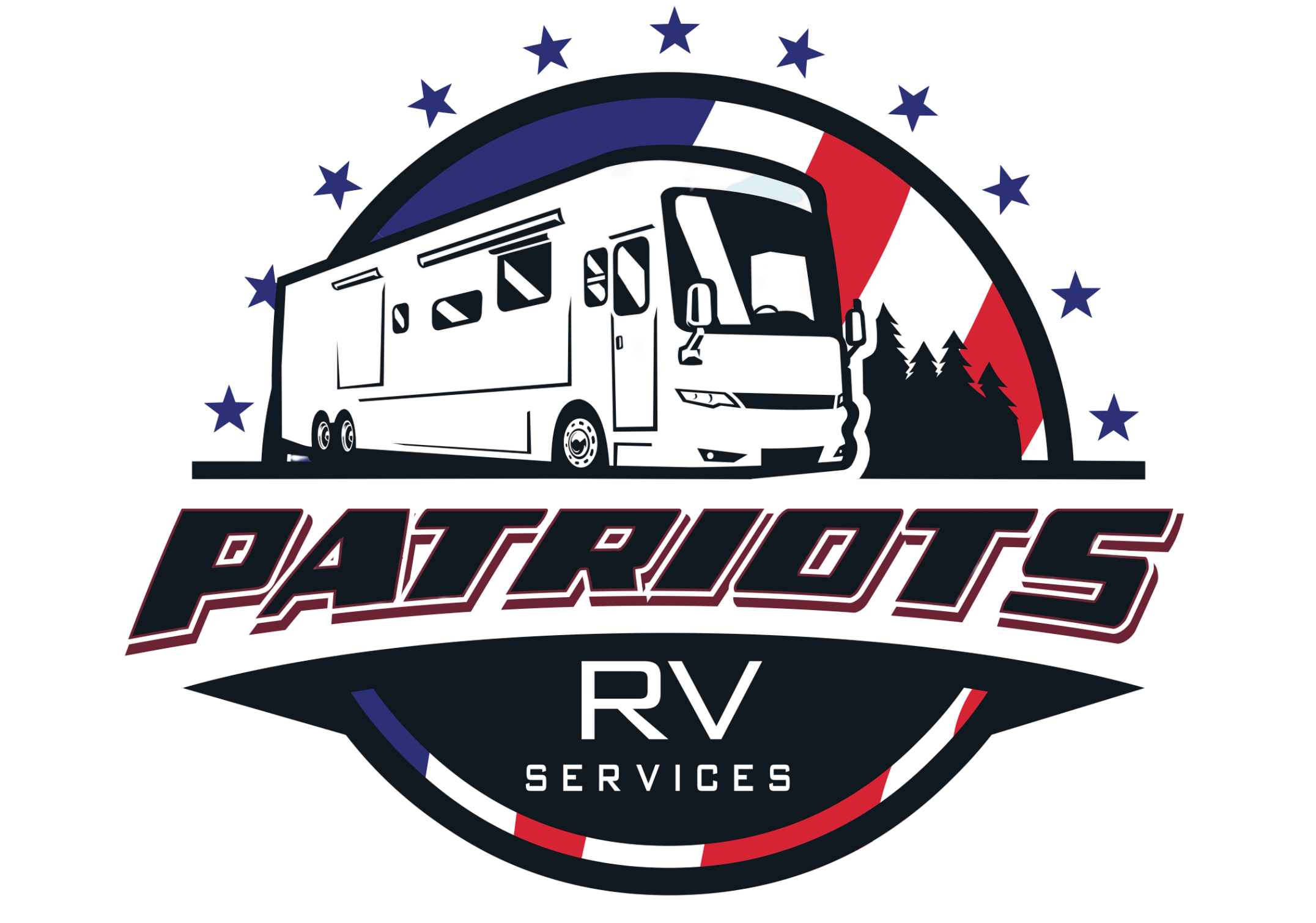Step-by-Step Instructions on How to Clean RV Solar Panels

Keeping your RV solar panels clean is vital for maintaining energy efficiency on the road. This guide outlines a clear and manageable process to help you clean them thoroughly and safely. Whether you’re new to RV maintenance or an experienced traveler, learning the proper techniques ensures long-term performance and minimizes damage. If you’re managing other maintenance needs, like scheduling a professional RV AC repair in Denton, keeping your solar setup in top condition complements the overall functionality of your vehicle.
Safety Precautions
Before starting, take a few critical precautions to protect both yourself and the panels. First, confirm that the panels aren’t actively generating electricity. Covering them or positioning your RV in the shade can help reduce energy production during cleaning. Wear gloves and safety glasses to protect yourself from cleaning agents or accidental slips. Use ladders that are secure and placed on stable ground, and be aware of the surrounding area to avoid tripping or slipping hazards. A nearby first aid kit is always a smart addition to your setup. Taking these safety steps seriously can make the process smoother and help prevent injuries or equipment damage.
Gather Cleaning Supplies
Preparation begins with assembling your cleaning materials. Use a gentle soap that won’t scratch or corrode the panel surface. Choose a sponge or brush with soft bristles to avoid causing damage during scrubbing. For rinsing and drying, a soft cloth or a non-abrasive squeegee will help you avoid streaks and water marks. Clean water in a bucket will help dilute the soap and rinse away dirt and residue. Having everything prepared in advance streamlines the process and helps you avoid unnecessary delays once you begin.
Preparing the Panels
Before applying any cleaning solution, it’s helpful to inspect the panels for dirt buildup or any visible damage. If the panels feel warm, give them time to cool down. Cleaning them while hot may cause soap or water to dry too quickly, leaving behind residue. Check for any small cracks, surface wear, or exposed wiring that could affect performance. Remove loose debris, such as leaves or dust, using a gentle stream of water or a soft brush. Confirm all panel connections are secure. A thorough visual inspection at this stage can help you avoid missing potential issues that might worsen over time.
Cleaning the Panels
Begin the cleaning process by mixing your chosen soap with water in a bucket. Avoid using strong chemicals, as they could harm the panel surface or surrounding components. Soak your sponge or brush in the soapy water, then gently scrub the panels in smooth, circular motions. Focus on areas with stuck-on grime or residue, but avoid using force that could scratch the surface. Take your time to reach all corners and edges of each panel. This ensures consistent exposure to sunlight once cleaning is complete and helps maintain energy output.
Rinsing and Drying
Once you’ve scrubbed away any dirt, it’s time to rinse the panels. Use clean water and start from the top, letting it run downward to carry away any remaining soap. A hose with a light spray setting works well for this part of the process. Pay special attention to edges and corners, where soap tends to linger. After rinsing, allow the panels to dry in the open air. If you notice water spots or streaks, you may need to rinse them again to remove any remaining residue. This step plays an important role in ensuring your panels continue to absorb sunlight effectively.
Final Inspection and Maintenance
After drying, take one last look at the panels. Check for any cracks or areas of discoloration that could affect their efficiency. Make sure that all electrical connections remain secure and intact. If any dirt or natural debris, like bird droppings, is present, remove it with a soft cloth or damp sponge. Regularly monitor the performance of your solar panels by checking the energy output and looking for any changes. Monitoring their condition over time helps you identify potential issues before they affect your power supply.
Related Topics:

